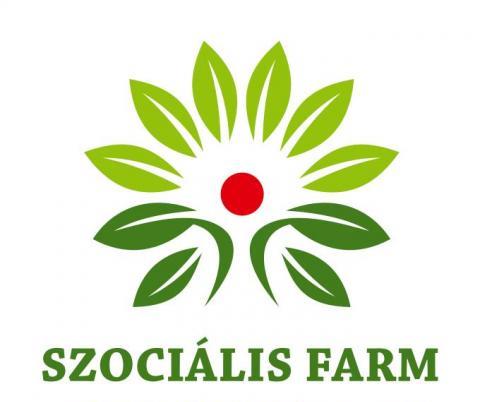
I have assessed the results and the obstacles to success of diversification activities of agricultural farms, based on the resources of the farm (practised as major or subsidiary occupation). Information was gathered by structured in-depth interviews, sampling based on previous experiences (N = 16). The interviews were carried out personally. Analyses were done by SPSS – Windows 20.0 software (Kruskal-Wallis test, correlation, regression analysis, cluster analysis).
I present that the concept of diversification and the sub-terms used here are not uniform. The confusion of the concept of diversification and the lack of legal opacity, complex bureaucracy, high tax and contribution burdens greatly hinder making livelihoods at rural small farms. I have set up a new concept structure with a pyramid model that distinguishes between diversification of races/breeds, production methods, products; and diversification of on- / off-farm activities based on the resources of the farm –including knowledge.
The livelihoods made by the farms were significantly better, where previous international study trips provided experience for the enterprise, professional lawyer, professional accountants were available. Having a professional accountant or consultant explains the level of livelihood by 68%. The biggest obstacles identified by the respondents of the sample were high tax and contribution burdens, the opaque legislation, and the lack of reliable workforce.
The majority of those polled are of tertiary education. They can create their living, even in small rural settlements, creating high added value locally. In addition to processing activities they offer accommodation, event services, catering and knowledge transfer activities too. Tradition, practical know-how and IT competences are important factors for success. By cluster analysis I identified 4 clusters: “Successful self-taught”, “successful farmers”, “successful diversifying developers” and “successful managers”.
My proposals include, among others decreasing tax and contribution burdens, simpler rules, more extensive rural development resources, and regularly organizing supported, international study trips for farmers with translation and professional guidance.
Andrea Szabadkai (2018)















